Advertisement
Many businesses are running to embrace artificial intelligence technologies. Most employees, meanwhile, are not ready to collaborate with them. The workforce's knowledge of artificial intelligence contrasts greatly with its advancement. Most teams lack even a rudimentary exposure to artificial intelligence tools or any training on them. Many employees feel overwhelmed and behind without appropriate direction. Employees worry about losing their jobs because AI is starting to handle repetitive tasks. Others are not clear how artificial intelligence might change their positions.
Uncertainty grows when leadership fails to deliver clear communication. Companies need a strategy to prepare their staff. Enhancing employee artificial intelligence training is absolutely vital. Long-term success depends on filling this preparation gap. Businesses have to act now before the separation becomes more pronounced.

Many workers lack confidence while applying artificial intelligence tools at their jobs. Most people are not keeping up with the constantly emerging AI technologies. According to surveys, many employees have little or no fundamental awareness of artificial intelligence. Many times, they are perplexed or doubtful of its workings. That closes doors to learning and acceptance. Many times, companies believe staff members will adapt spontaneously. Rarely, though, does this occur without planned learning and support.
Many job roles have remained unchanged for decades. Now, artificial intelligence is rapidly changing them and leaving many workers behind. Workers often avoid AI tools due to fear of making mistakes. Others may object to change because of uncertainty. Staff workers are less willing to use artificial intelligence when they fail to see its advantages. The difference between staff preparedness and artificial intelligence adoption keeps getting wider. Businesses have to admit this issue exists. They can start to solve the problem only by knowing it.
Many obstacles prevent workers from learning artificial intelligence. The lack of training courses is one main obstacle. Not many companies provide any AI instruction. Workers can't learn effectively without the right tools or time. Anxiety about losing a job presents still another obstacle. Many believe artificial intelligence will replace them. Many times, that anxiety keeps them from wanting to study. Older workers could also find it more difficult to use digital technologies. For certain teams, age-related tech disparities complicate learning. Some managers completely avoid discussing artificial intelligence.
The learning curve strikes them as overly steep. Teams hardly ever advance without leadership backing. Restricted budgets also have a part. Not all businesses are willing to invest in the cost of training. At certain times, there is a language barrier. AI jargon is often complex and confusing. All these elements, taken together, make artificial intelligence quite difficult. Eliminating these obstacles has to be the first concern.
Low AI preparedness seriously influences company performance. It first slows down efforts at digital transformation. Employees who lack an understanding of artificial intelligence cannot apply it effectively. Instead of growing, productivity declines. Companies also lose opportunities to develop a competitive edge. Rivals with talented artificial intelligence teams advance more quickly. Untrained employees make expensive blunders. Inappropriate use of artificial intelligence could cause data mistakes and problems with workflow.
Furthermore, low adoption rates result in wasted resources. Businesses spend money on tools nobody knows how to operate. When employees feel unprepared, morale suffers. People could start to get agitated, anxious, or disinterested. That often leads to high employee turnover. It is a personal matter as much as a technical one. When employees lack support, they perform poorly. Customer satisfaction can also suffer. Teams struggling with artificial intelligence could provide slower or poorer quality work. The consequences show up all across the company.
Strong leadership significantly influences AI readiness. Leaders ought to have well-defined objectives for using artificial intelligence in the workplace. People are more eager to learn when they know the reason behind it. Managers should set an example. Leaders who apply AI tools are more likely to have staff members follow. Leaders must also be honest. The key is to explain how artificial intelligence will benefit rather than damage. Leading with support helps to lower fear and foster trust. The top priority should be training courses.
Leaders have to guarantee equal access for every department. They must also monitor advancement. Results inspire employees to keep going. Frequent feedback sessions enable efforts at fine-tuning learning. Moreover, leaders have to foster a curious culture, and encouraging questions helps individuals feel comfortable while learning. AI adoption is as much about people as it is about technology. Any team may stay future-ready and advance workplace AI skill development with appropriate leadership.

Improving staff AI readiness calls for a specific strategy. Start everyone with basic instructions first. Short courses can present important artificial intelligence vocabulary and applications. Steer clear of confusing jargon. Make use of basic instruments and practical examples. Practical experience helps one to develop confidence. Offer continuous learning instead of one-time workshops. Great choices are in-house seminars and online classes. Incorporate learning into daily work routines. Pay staff members for finishing AI courses. People stay involved when they have recognition. Mentoring also benefits.
Pair tech-savvy employees with those who need more support. Leadership needs to remain active all through the process. Consider comments and change the strategy if necessary. Attend to emotional issues as well. Employees need a safe environment where they can fail, learn, and grow. Show how AI can enhance, not replace, their efforts. Promote a learning culture that values growth. Your team will change with time. A well-organized strategy makes business adaptation to artificial intelligence simpler and more successful.
Employee AI readiness remains low across most industries. Teams will keep behind without the appropriate training and support. Companies must close the talent gap immediately. Crucially important roles are played by clear leadership, basic training, and emotional support. Companies can improve workplace AI skill development and output through targeted initiatives. To bring about lasting change, companies must start by investing in people. Training teams for artificial intelligence goes beyond technologies to include trust. The degree of future success will rely on how effectively companies support employee artificial intelligence training today. The time to act is now.
Advertisement

Understand how global AI adoption and regulation are shaping its future, balancing innovation with ethical considerations

Find out why Claude 3.5 Sonnet feels faster, clearer, and more human than other AI models. A refreshing upgrade for writing, coding, and creative work

Discover the 6 common ways to use the SQL BETWEEN operator, from filtering numbers and dates to handling calculations and exclusions. Improve your SQL queries with these simple tips!

Discover how AI transforms financial services by enhancing fraud detection, automating tasks, and improving decision-making
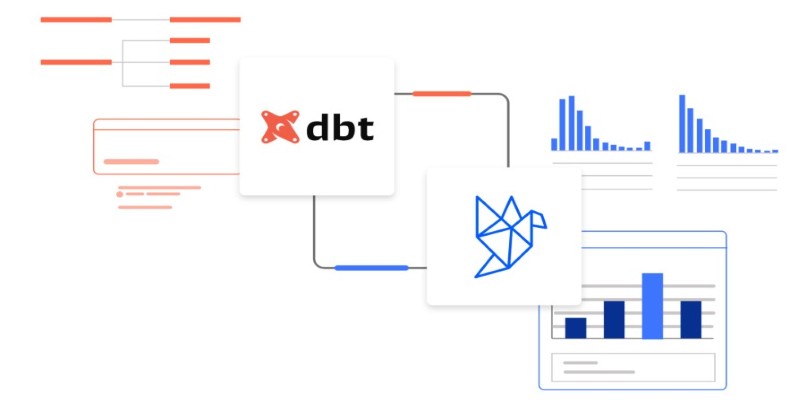
Frustrated with messy data workflows? Learn how dbt brings structure, testing, and version control to your data pipeline without adding extra complexity
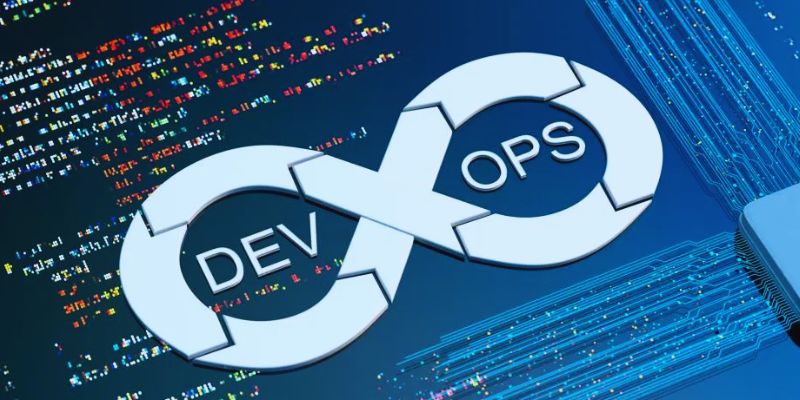
Restructure DevOps for ML models and DevOps machine learning integration practices to optimize MLOps workflows end-to-end
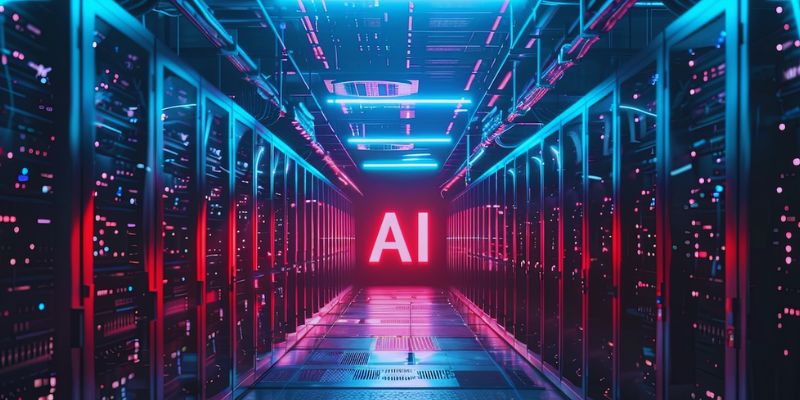
Learn how rising AI use affects data centers, energy, water, and the environment—and what solutions can reduce its impact today

Discover how AI, NLP, and voice tech are transforming chatbots into smarter, personalized, and trusted everyday partners

Know explainable AI techniques like LIME, SHAP, PDPs, and attention mechanisms to enhance transparency in machine learning models
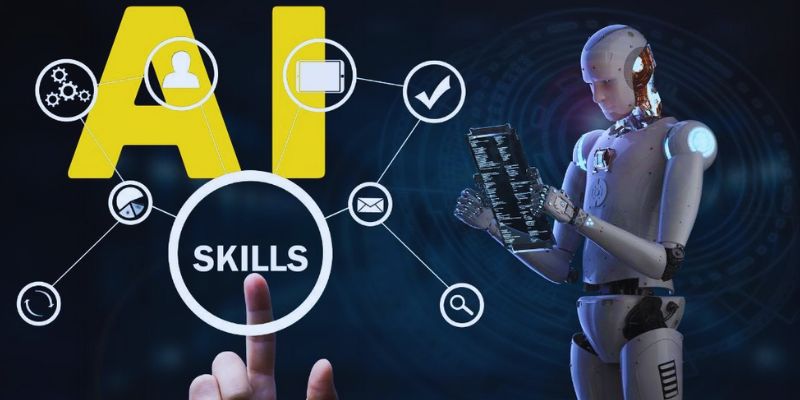
Learn about essential AI skills for network professionals to boost careers, improve efficiency, and stay future-ready in tech
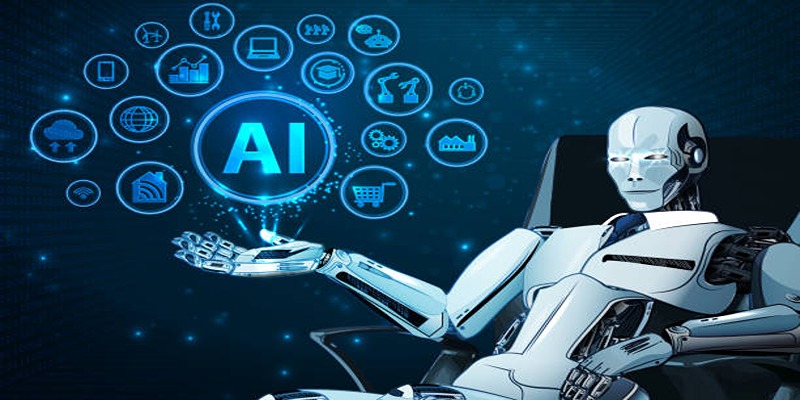
Explore how deep learning transforms industries with innovation and problem-solving power.

Nvidia stock is soaring thanks to rising AI demand. Learn why Nvidia leads the AI market and what this means for investors